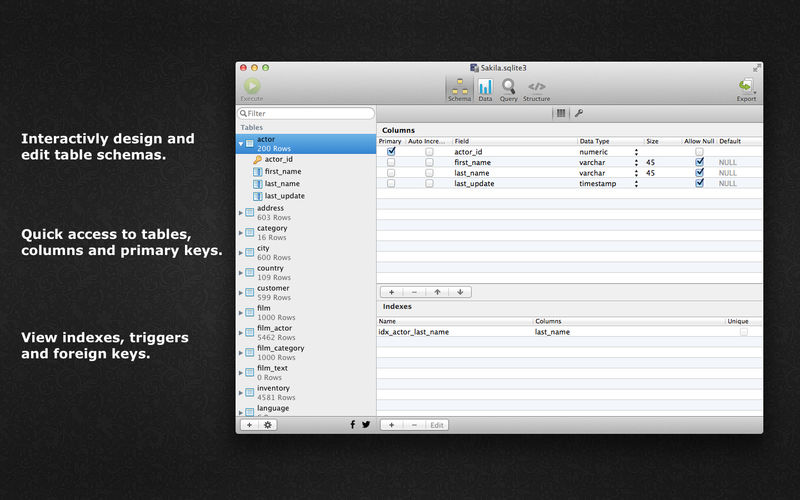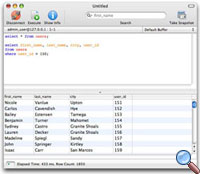

It is used to manage databases containing high volumes of data: thousands, millions, and even billions of data points. SQL is the most commonly used language when it comes to querying, updating, and organizing data in a database. SQL editors were born from a very basic need: getting access to data located in a database management system. We identify three generations of SQL Editor tools:ġst generation: Standard interface that allows for the querying of a single database.Ģnd generation: User-friendly interface improving user experience, and enabling multi-platform querying.ģrd generation: SQL notebooks fostering data democratization and collaboration between data users. In short, it's a tool providing a way to manage and manipulate data in a database.

In its most basic form, an SQL Editor is an interface allowing SQL queries to be performed. This article seeks to explain how SQL query editing tools have evolved with increased data usage and the powerful data democratization trend and help you choose the best tool for your organization. And SQL editors have a great role to play here. Thus, democratizing access to data is synonym with making SQL accessible to a wide range of people. SQL is thus the most important language worldwide when it comes to data manipulation. Structured Query Language (SQL) is the programming language used by the most popular database servers worldwide, and SQL editors are the interfaces that provide access to the data. The most critical workflow of data analysis is getting access to the data, or "querying" the data. We are witnessing a "data race", in which companies heavily invest in tools and talents to make sense of their data. As organizations recognize the critical function of data for generating value, most are seeking to put data at the center of their business strategy.


 0 kommentar(er)
0 kommentar(er)
